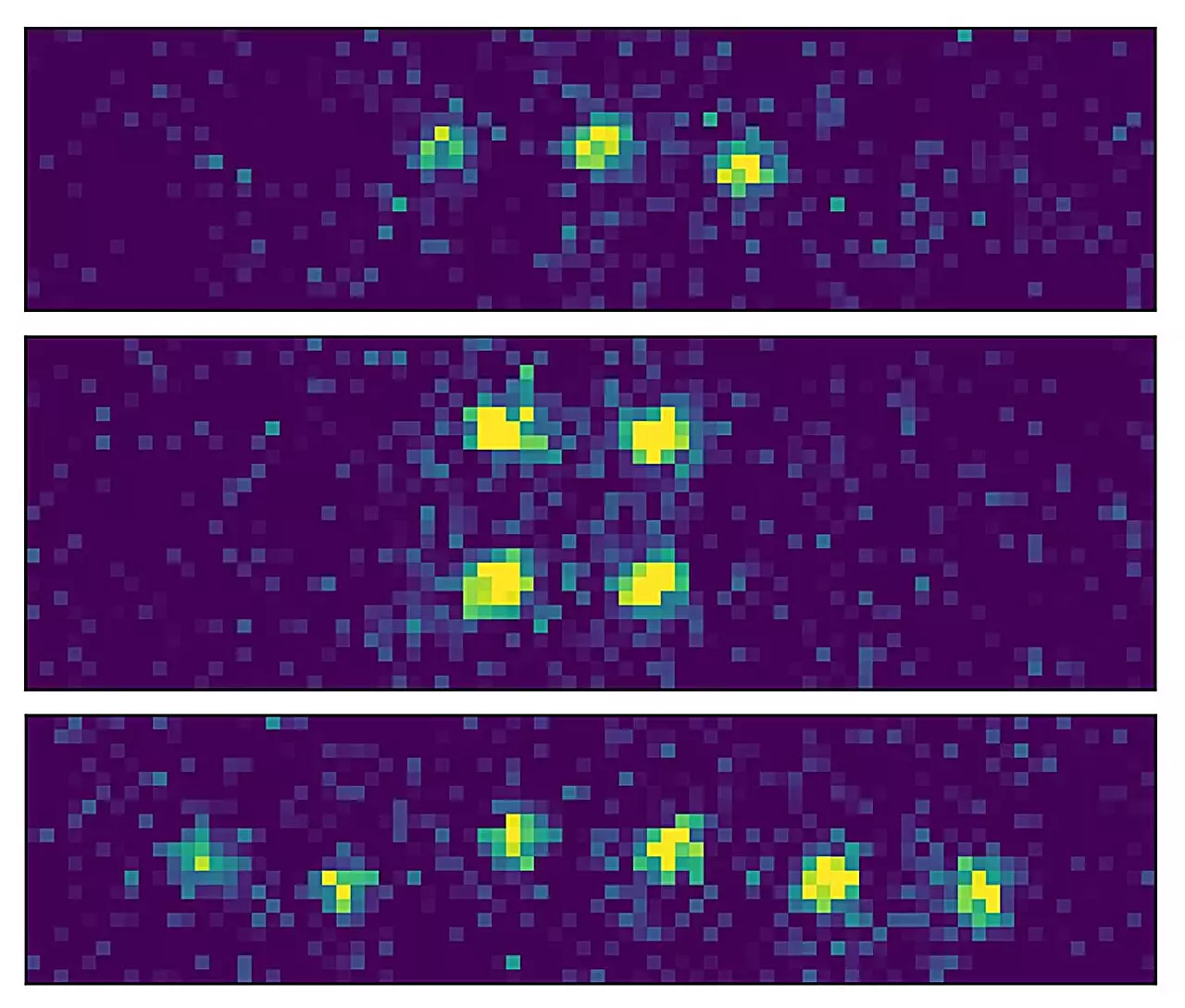Quantum entanglement is one of the most iconic phenomena in quantum physics, famously dubbed by Albert Einstein as “spooky action at a distance.” Its implications stretch far beyond theoretical discussions, significantly shaping the landscape of quantum information science today. As a core component of quantum computers and communication networks, entanglement facilitates the transmission of quantum information across vast distances. However, harnessing this phenomenon remains a challenging endeavor, especially when it comes to entangling stationary quantum bits (qubits) such as atoms, with mobile qubits like photons.
Breakthrough Achievements in Quantum Entanglement
A remarkable milestone in this quest has recently been achieved by a team led by Gerhard Rempe at the Max Planck Institute of Quantum Optics in Garching, Germany. Their groundbreaking research, published in *Science* on July 11, outlines a method to effectively entangle stationary qubits with flying qubits using a novel arrangement of ultracold rubidium atoms situated between two nearly perfect mirrors. This ingenious setup, resembling a well-structured arena for photonic interactions, allows for reliable and efficient entanglement generation at what is effectively the push of a button.
The team successfully engaged a novel multiplexing technique to orchestrate the entanglement of multiple atoms with photons, thereby setting a new benchmark with an impressive efficiency that neared 100%. This significant progress holds potential for the distribution of entangled states over a future quantum network, heralding the development of advanced quantum computing systems and long-distance quantum telecommunications.
Understanding Multiplexing in Quantum Systems
Multiplexing has long proven its worth in classical communication systems. It essentially enhances transmission reliability by distributing information across multiple channels, thus increasing the likelihood that data will successfully reach its destination. The Garching team has ingeniously adapted this principle for quantum information systems, tackling the intrinsic challenges associated with entangling stationary and mobile qubits.
When quantum information must traverse longer distances, such as in a future quantum internet, the preservation of entangled states during transmission becomes a daunting task. Interestingly, while the approach of multiplexing is well-established in classical computing, applying it within the quantum domain is fraught with hurdles. The necessity to maintain quantum coherence while doing so requires a delicate interplay of advanced techniques and technologies.
The Ingenious Use of Optical Tweezers
One of the standout innovations from Rempe’s team is the use of optical tweezers to manipulate the positioning of individual atoms within the tightly spaced resonator. By employing focused laser beams strong enough to capture and precisely position rubidium atoms, the researchers could organize these atoms into a predictable qubit lattice formation. This meticulous arrangement is crucial for achieving parallel entanglement with respective photons.
The laser tweezers facilitate control over up to six atoms, allowing for simultaneous entanglement with photons as they are generated. Remarkably, this entire process allows the qubits—the fundamental units of quantum information—to be held in a stable trap for an extended period, a luxury referred to as “a little eternity in quantum physics.” This stability is foundational for reliable entanglement and subsequent transmission of quantum information.
A Glimpse into Future Quantum Computing
The implications of this research extend well beyond current experiments. The potential to scale these techniques to control several hundred atoms in similar resonators opens new avenues for the realization of distributed quantum computers. This setup could consist of numerous small processors interconnected through short optical fibers, thus enhancing computational power through collaborative entanglement.
The Garching team’s current techniques and methods demonstrate that efficient interfaces capable of uniting stationary qubits and mobile qubits could lead to a reality where quantum networking becomes seamless. With individual control over numerous qubits within a manageable setup, researchers hope to develop a robust architecture that optimizes quantum information distribution across extensive networks.
As the field of quantum physics continues to expand at an impressive rate, the work done at the Max Planck Institute in Garching stands as a testament to the power of innovative research. While the vision of a fully functional quantum internet remains aspirational, advancements such as these highlight the significant strides being made toward achieving greater interconnectedness and computational prowess in the quantum realm.


Leave a Reply